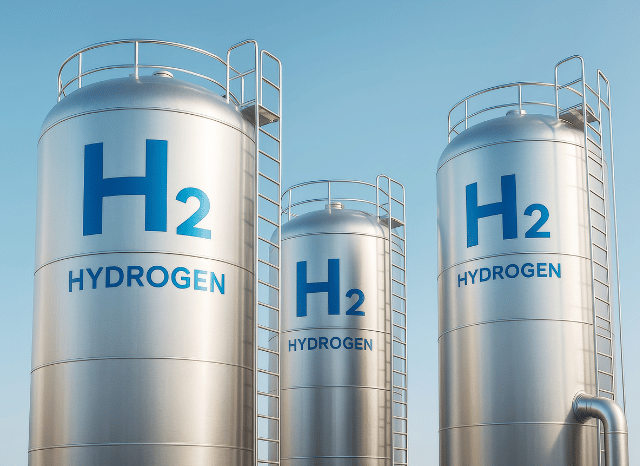
Oman, Germany, and also the Netherlands have signed a groundbreaking arrangement that might reshape Europe’s Strength landscape, ushering in a completely new period of inexperienced hydrogen imports from the Middle East.
A Daring transfer in the global energy changeover is taking shape amongst Oman and Europe. A historic arrangement signed previously this calendar year paves the way in which for among the list of world’s very first massive-scale hydrogen corridors—linking Oman’s huge renewable assets to Germany’s industrial hubs through the Netherlands.
The core of this initiative is environmentally friendly hydrogen—made by splitting drinking water by means of electrolysis powered by photo voltaic or wind Electrical power. This manner of hydrogen has attracted worldwide curiosity for its possible to decarbonise sectors which are or else hard to electrify, together with major transport, metal manufacturing, and energy storage.
Oman, leveraging its sunny weather and ambitious nationwide approach, aims to be a top global exporter of inexperienced hydrogen by 2030. Forecasts suggest the place could create nearly 1 million tonnes of eco-friendly hydrogen annually by the tip with the decade. A crucial section of the program consists of liquefying the hydrogen to aid abroad transportation.
Enter the hydrogen corridor: a prepared maritime and logistics route ranging from the port of Duqm in Oman, extending towards the ports of Amsterdam and Duisburg. Specialised cryogenic tankers, much like People Utilized in LNG transportation but adapted for hydrogen’s A lot decrease temperatures, will carry the gas. European ports are previously planning the required infrastructure to obtain, keep, and distribute the cargo.
This corridor is not simply a logistical feat—it’s a strategic just one. For Germany, which happens to be looking to reduce dependence on fossil fuels website and diversify its Power blend, the imports could assistance meet up with its goal of bringing in 10 million tonnes of renewable hydrogen by 2030. The corridor also aligns with broader EU sustainability goals and industrial decarbonisation endeavours.
The task’s significance lies not only in its scale, but will also in its replicability. Like LNG right before it, liquid hydrogen click here could quickly move across continents, breaking totally check here free from the restrictions of set pipeline networks. And Oman isn’t alone. Other initiatives—for instance Spain’s Basque Hydrogen Corridor along with the Central European Hydrogen Corridor—can also be setting up the backbone of a future hydrogen overall economy.
The Basque undertaking concentrates on integrating production, distribution, and industrial use in northern Spain. In here the meantime, the Central European route ideas to repurpose current gasoline pipelines to hold hydrogen from Jap Europe to Germany, additional cementing the region’s position in the hydrogen transition.
If productive, these initiatives could mark A serious milestone in decarbonising Europe’s heavy industries and transportation networks—run by the sun and wind of distant deserts.